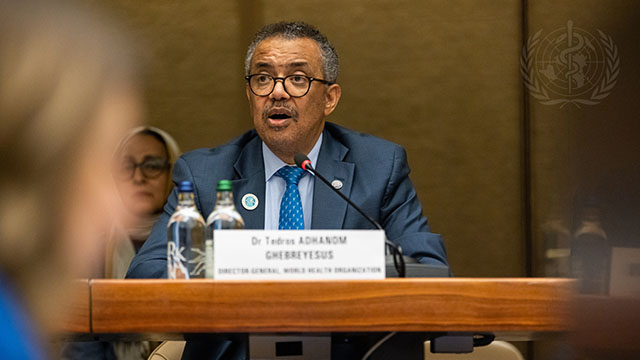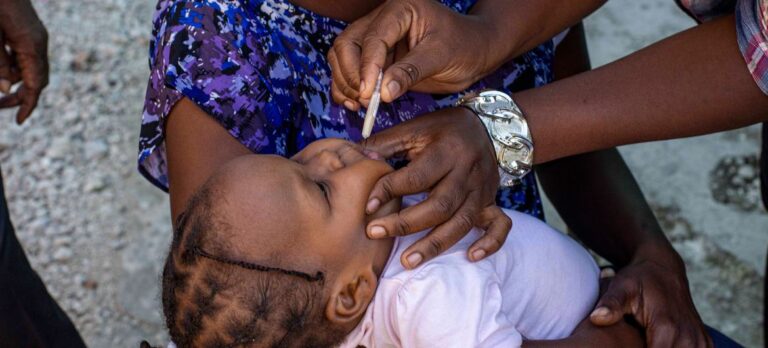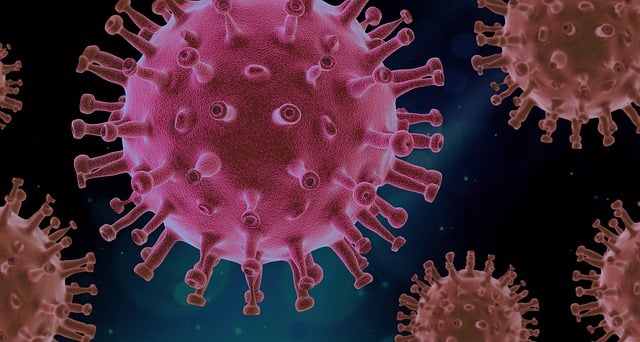World Health Organization (WHO) chief Dr Tedros Adhanom Ghebreyesus sparked a furore with an announcement of another virus —‘Disease X’— that may be deadlier than Covid-19.
During the 76th World Health Assembly on Monday, May 22nd, Tedros initially talked about his declaration a few weeks back proclaiming “an end to COVID-19 as a public health emergency of international concern”. He considered it a moment of great relief and reflection for all who were hostages of the virus for three years.
He noted that the pandemic confronted everyone with unprecedented challenges and demonstrated the capabilities of WHO.
Even though COVID-19 is no longer a global health threat, a new deadlier variant emerges, which can apparently cause more damage than the Novel Coronavirus.
“The threat of another variant emerging that causes new surges of disease and death remains. And the threat of another pathogen emerging with even deadlier potential remains”, Tedros said about the emerging virus.
As per WHO, ‘Disease X’, an unknown pathogen that could cause a serious international pandemic, is listed along with Ebola, Marburg, SARS, Nipah, Zika and COVID-19, among others in the list of priority diseases.
On the global health body’s website, these virus families and bacteria indicate unknown pathogens that could lead to a deadly epidemic. While Tedros claimed it could be deadlier than the Covid-19 pandemic, he didn’t divulge much information regarding ‘Disease X’.
Dr Soumya Swaminathan, the WHO chief scientist, declared in 2022, “This list of priority pathogens has become a reference point for the research community on where to focus energies to manage the next threat…It is developed together with experts in the field, and is the agreed direction for where we—as a global research community—need to invest energy and funds to develop tests, treatments and vaccines.”
Pranab Chatterjee, a clinical epidemiologist and researcher at the Department of International Health at Johns Hopkins Bloomberg School of Public Health in Baltimore, claimed that the likely origin of pathogen X—or ‘Disease X’—is zoonotic, and it’s likely to emerge from a low- or middle-income country (LMIC) with a tropical climate and high biodiversity but “experiencing anthropogenic land-use changes”. Zoonotic is an infectious disease that is transmitted from animals to humans or vice-versa.
Chatterjee used an October 2017 research named “Global hotspots and correlates of emerging zoonotic diseases”, by T Allen, KA Murray, C Zambrana-Torrelio, SS Morse, C Rondinini, M Di Marco, N Breit, KJ Olival and P Daszak, to assert his claim.
In view of the probability of ‘Disease X’ emerging as a potent threat to civilisation in LMICs, Tedros urged the member nations to negotiate pandemic accords and the International Health Regulations.
“I urge every Member State to engage constructively and urgently in negotiations on the pandemic accord and the International Health Regulations, so the world will never again have to face the devastation of a pandemic like COVID-19”, Tedros said.
“When the next pandemic comes knocking – and it will – we must be ready to answer decisively, collectively and equitably”, Tedros asserted. Following the vexing warning around ‘Disease X’, health experts want to increase surveillance and seek additional funds to develop countermeasures, especially in vulnerable LMICs.
This concern over LMICs is especially important in view of the anticipated threat posed by ‘Disease X’ as there remains a large shortfall in healthcare workers in these countries. “Five years ago, WHO projected a shortfall of 18 million health workers globally by 2030. That projected shortfall has now reduced to 10 million, but the African and Eastern Mediterranean regions bear an increased share of the shortage”, Tedros reported.



